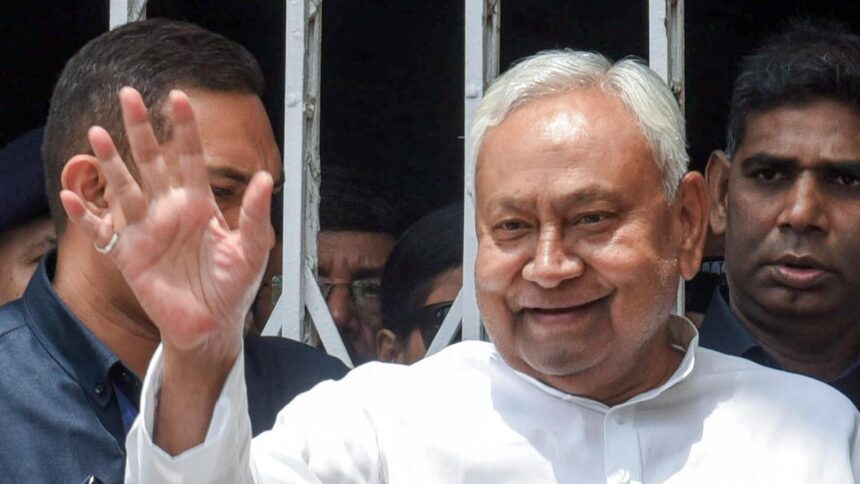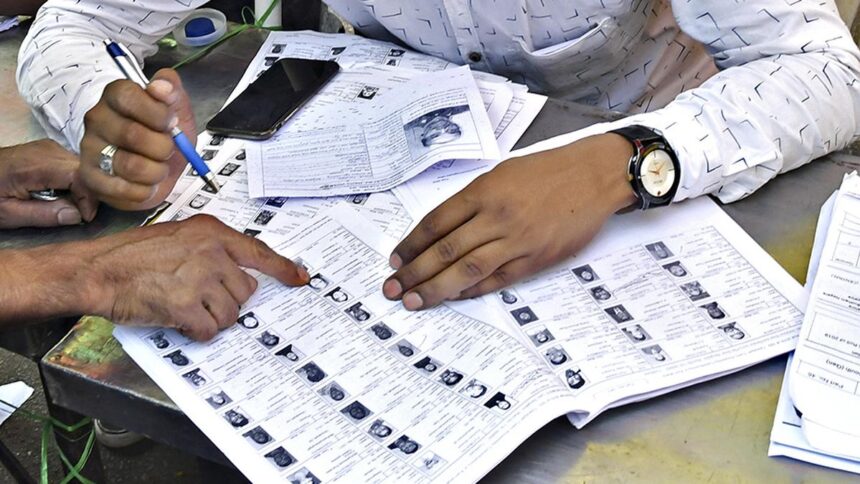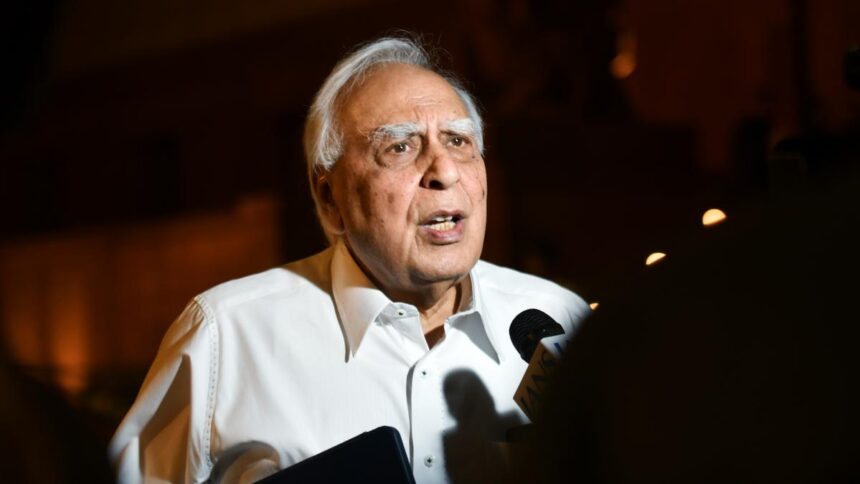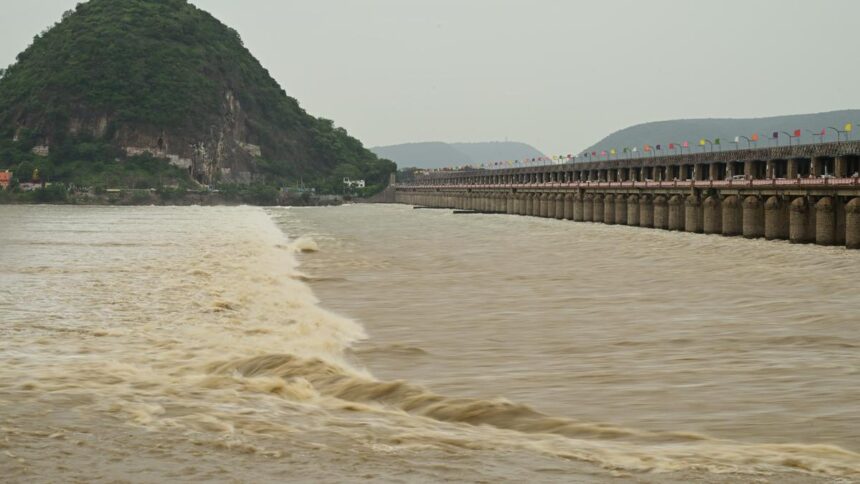Urea, a soil nutrient essential for plant growth, has become a political flashpoint between the Central government and the Telangana government. Given short supply, farmers are standing in queues outside fertilizer shops for hours, hoping to secure urea for their crops. While the ruling Congress and the Bharatiya Janata Party (BJP) are blaming each other for the situation, the Bharat Rashtra Samithi (BRS) is blaming both.
In February, the Ministry of Agriculture had allotted five types of fertilizers (urea, di-ammonium phosphate, muriate of potash, complex fertilizers, and single super phosphate) to Telangana. This included 9.8 lakh tonnes of urea for the Kharif season. While there has been little difference between demand and supply of other fertilizers, the gap regarding urea has become an issue. In an official communication, the Central government informed Telangana that it would receive 8.3 lakh tonnes of urea in the April-August period. However, the State received only 5.32 lakh tonnes till August 17.
The Minister for Agriculture, Tummala Nageswara Rao, has blamed the Centre for the crisis, stating that it has failed to ensure supply. “I have written separately to the Union Ministers for Agriculture and Chemicals and Fertilizers to supply the allotted quantity of urea. Officials of the Agriculture Department have also addressed letters to the Union Secretaries of Agriculture and Chemicals and Fertilizers, but in vain,” he said. Mr. Nageswara Rao accused the Centre of misleading Parliament by stating that an ample quantity of urea had been allotted to the State, claiming that it did not provide the supply numbers.
Meanwhile the State unit president of the BJP, N. Ramchander Rao, alleged that the State government mismanaged supply. He claimed that the Centre had supplied Telangana more than the required amount. He accused the State administration of diversion, inefficiency, and black marketing. Mr. Ramchander Rao also demanded to know why the problem had cropped up only in Telangana.
Mr. Nageswara Rao countered him saying Madhya Pradesh, Rajasthan, Andhra Pradesh, Karnataka, Tamil Nadu, Bihar, Haryana, and Punjab were also facing urea scarcity due to the short supply of both indigenous and imported urea. The Congress also raised the issue in Parliament.
While the Congress and the BJP are engaged in a war of words, the BRS has been meeting farmers at fertilizer shops and reminding them that they did not face such hassles during its regime.
With the crisis escalating, Mr. Nageswara Rao wrote to the Union Minister for Chemicals and Fertilizers, requesting him to supply at least 3 lakh tonnes of urea in August in addition to the 0.68 lakh tonnes supplied so far this month.
Telangana, like many other States, has not received the required supplies of either the indigenous variety of urea or of the imported variety. Issues in domestic production are due to hurdles in imports of key raw materials and the rise in consumption of the soil nutrient. Issues in imports are due to export restrictions imposed by China. India also imports urea from Oman, Russia, the UAE, Qatar, Saudi Arabia, Indonesia, Algeria, Egypt and Nigeria, besides China. Imports vary from 15% to 30% of the total based on the local production in a year.
India had aimed to end imports of urea by 2025 by enhancing local production. In 2022, the Union Minister for Chemicals and Fertilizers said that new plants would be established. However, the goal remains a mirage. The estimated consumption of urea in 2025-26 is about 410 lakh tonnes, with an increase expected due to a rise in Kharif cultivation.
Telangana’s woes are compounded with problems in the operation of the Ramagundam Fertilizers and Chemicals, where there was no production for 78 days from April due to technical glitches. Of the urea produced in India, Telangana gets most of its supply from the plant, which has a production capacity of 12.7 lakh tonnes per annum.
Production of nano urea (liquid) is also yet to be scaled up in the country. Farmers have also not embraced nano urea yet, as it involves additional costs.
With reports of China easing restrictions on exports to India, officials are hopeful that there will be no scarcity in the Rabi season. During the Kharif season, however, there is little hope of getting additional supply from overseas or increasing domestic capacity immediately.
Published – August 20, 2025 01:23 am IST























